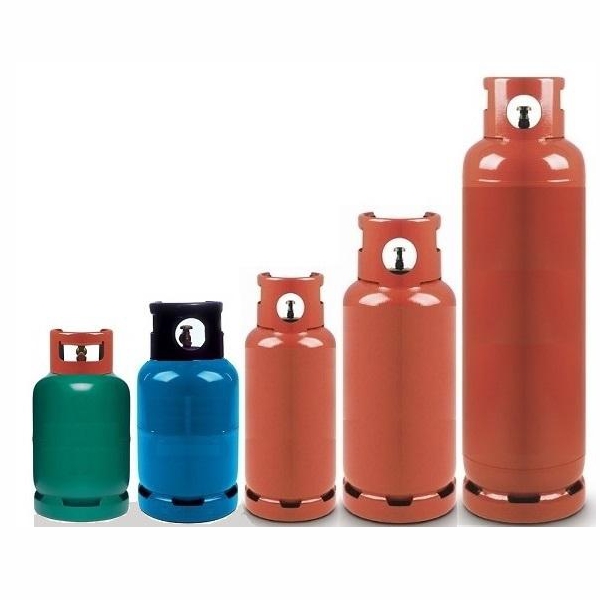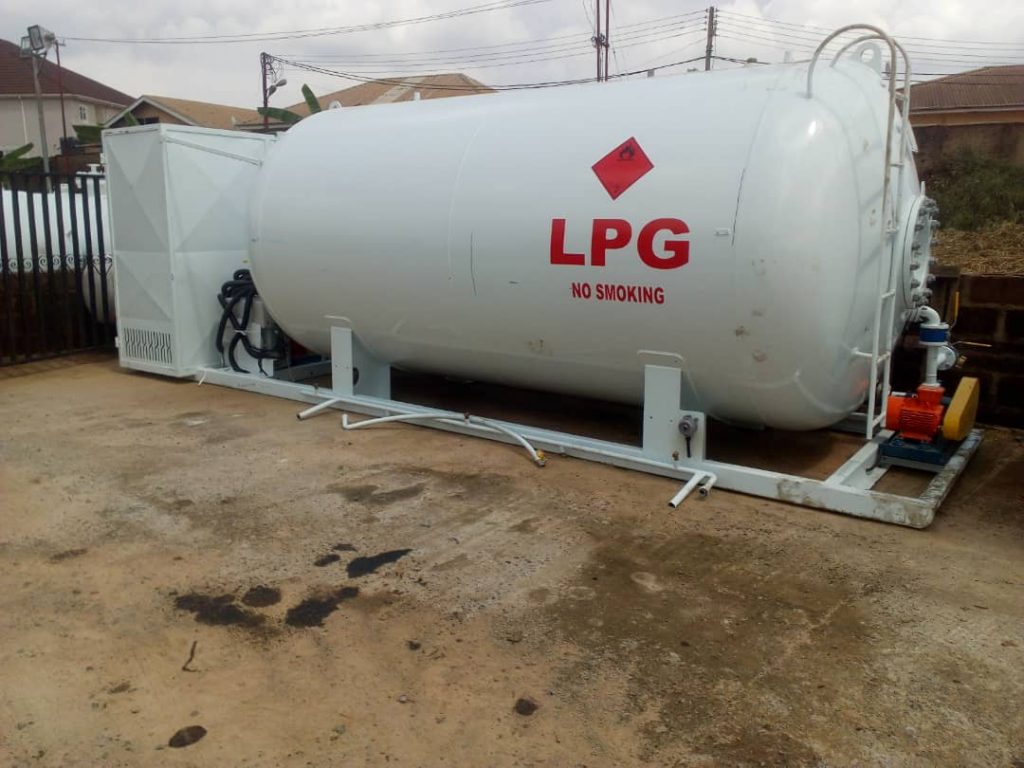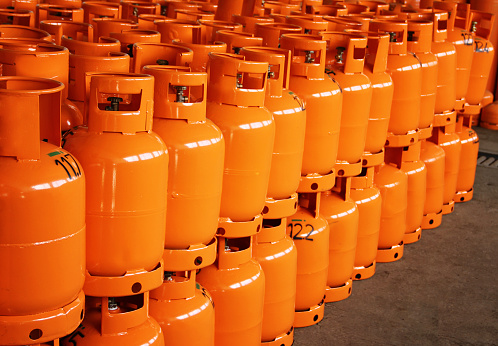Cooking in a household involve the use of solid fuel and nonsolid fuel [1]. The solid fuel consists of coal which is a fossil fuel and biomass fuel (BMF) like wood, charcoal, dung and crop residues. Worldwide, more than three billion people depend on solid fuels, including biomass (wood, dung and agricultural residues) and coal, to meet their most basic energy needs: cooking, boiling water and heating [1]. The non solid fuel consists of kerosene, liquefied petroleum gas (LPG), gas and electricity [1,2]. The use of some solid fuels has been associated indoor pollution and unsafe levels of toxic emission [3].
BMF usage is associated with high levels of indoor air pollution and an increase morbidity and all-cause mortality both in adults and children [4-7]. Indoor air pollution accounted for 1.5 to 2 million deaths per year worldwide, half of them occurring in children younger than five years due to acute respiratory infections (ARI), but also in women due to chronic obstructive pulmonary disease (COPD) and lung cancer [8-10]. Close to 50% of the world population, around 3 billion people, uses biomass fuels as their primary source of domestic energy for cooking [1]. In Nigeria, the percentage of households using solid fuel is high (70 %), including 86 percent of households in rural areas and 42 percent of households in urban areas. Among the households that reported use of solid fuel for cooking, the majority (94 percent) were using an open fire/stove without a chimney or hood [11].




